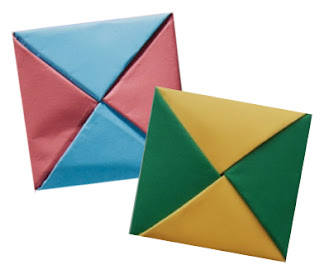Canned Tuna Product Review
What is Canned Tuna?
There are two main kinds of canned tuna: chunk light and solid(skipjack and a small amount of yellowfin) or chunk white(albacore). Chunk light tuna is more recommended as a healthier choice with its lower mercury level.
Which Canned Tuna is popular in Korea?
There is a wide variety of Korean canned tunas available in the market today. Tuna has been one of the most popular ingredients for kimchi jjigae(stew), fried rice, gimbap(Korean seaweed rice roll filled with various fillings), samgak gimbap(triangle-shaped rice wrapped in dry seaweed), chamchijeon(pancake), sandwich, and more.
Most Korean canned tunas are more chunky and flavorful in general. Dongwon brand holds 80% of the Korean tuna market share with many different ingredients last year. And, Sajo and Ottogi brands come the 2nd and 3rd.
Here are some popular canned tunas.
- Dongwon Tuna with Hot Pepper Sauce
- Rating: ★★★★★
- Sweet and spicy
- Good for the stew or side dish
- Good product and brand value
- Dongwon Tuna Light Standard
- Rating: ★★★★★
- Most generally used for sandwich, gimbap or samgak gimbap
- More tender and flavorful
- Good for a baby or young kids due to its lower mercury levels
- Good product and brand value
- Sajo Tuna with Hot Pepper Sauce
- Rating: ★★★★☆
- Spicy with little sweet taste
- Good for the stew
- Easy and safe to open
- Sajo Lean Meat Tuna
- Rating: ★★★☆☆
- Taste mild and less oily
- Easy and safe to open
- Ottogi Red Pepper Tuna
- Rating: ★★★★☆
- Spicy with more pepper taste
- Safe opener
Is Canned Tuna healthy?
Tuna is a good source of essential nutrients. It has high-quality protein, omega-3 fatty acids, selenium Vitamin B and vitamin D. Tuna is particularly good for brain function, heart health, nervous system, skin, and bone strength. It is certainly one of the best long-shelf-life products with essential nutrition.
To choose the most healthy canned tuna for you, check the liquid and ingredients listed on the labels. Some have packed in oil or water and other ingredients such as salts can be added.
In some researches, it is recommended to have less than four cans of tuna per week due to mercury levels if you're trying to have a baby or pregnant. And it is better to introduce the light tuna to a baby instead of white tuna with a higher mercury level. For children, it is recommended to serve no more than three age-appropriate servings of light tuna or one serving of albacore or yellowfin per week. Canned tuna is perfectly safe for everyone, however, too much consumption may cause some trouble due to the mercury levels contained in the fish for pregnant women and young children.
What can you do with Canned Tuna?
You can use canned tuna in many different dishes since it is very easy to use and store. By simply putting tuna into your kimchi jjigae(stew), you can turn your kimchi jjigae into a more flavorful stew. Canned tuna can be added in gimbap(Korean seaweed rice roll filled with various fillings) and samgak gimbap(triangle-shaped rice wrapped in dry seaweed) right out of the can or after mixing it with mayo and salt.
Tuna sandwiches are very simple and easy to make for your picnic. With a little bit of mayo and salt, tuna will be very soft and tasty. You can use spicy tuna with hot pepper sauce inside for spicy sandwiches as well. Both regular tuna and spicy tuna go well with vegetables such as tomatoes, letters, salaries, etc.
If you'd like to try some different flavors, you can try spicy tuna in your pasta or rice dishes. There are other flavors such as curry, jjajang, vegetables, pepper paste, etc added to canned tuna. These are good to try, yet most people like original plain tuna or spicy tuna with a more fresh taste. Also, there are canned tuna available with DHA that is a little better for the brain.
Any special tips?
Canned Tuna is very easy and convenient to carry around such as camping and picnic. Also, it is good as emergency food to get ready for disasters.







Chuseok 2022 is a special time of year that I always cherish.
ReplyDelete